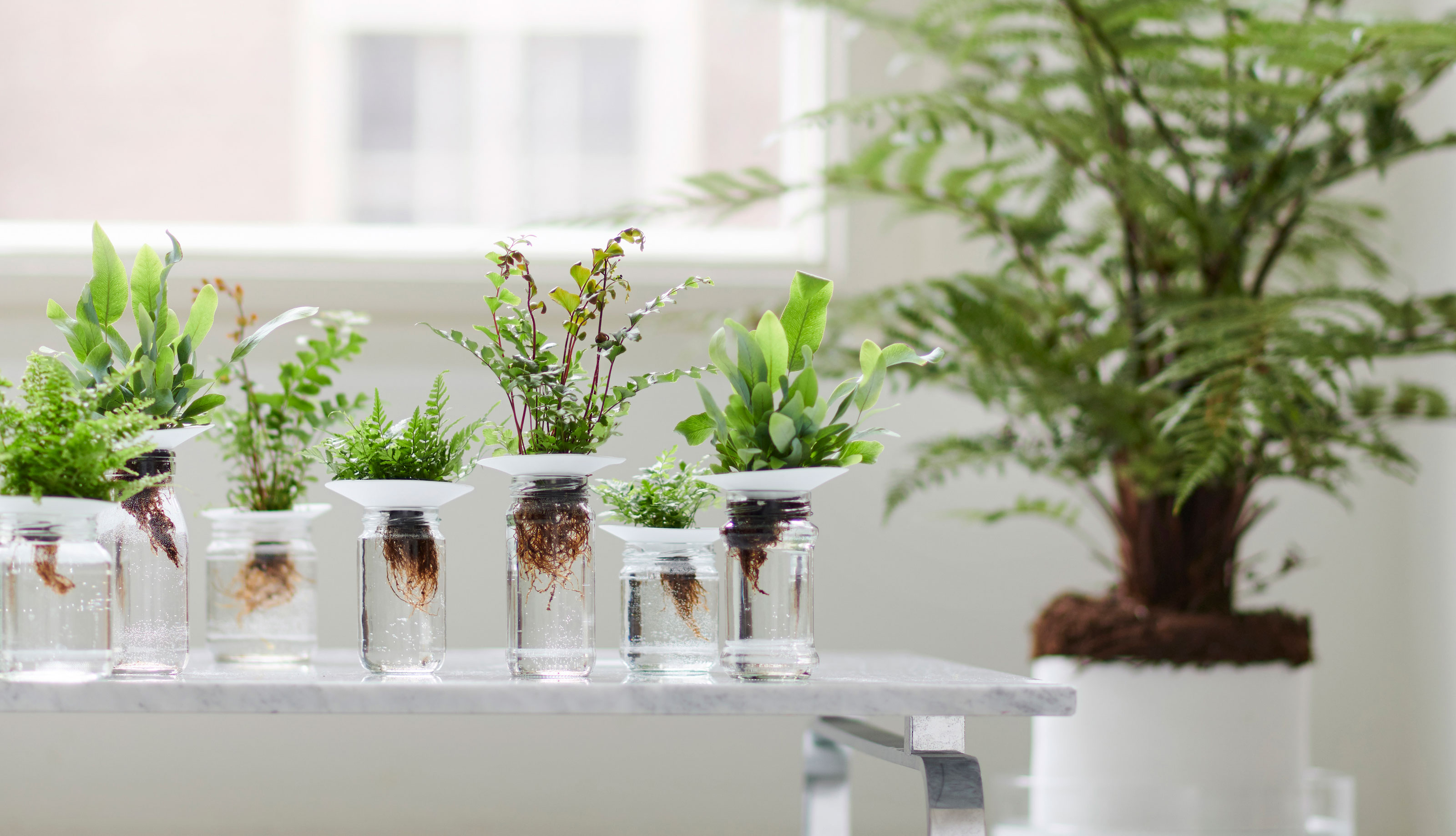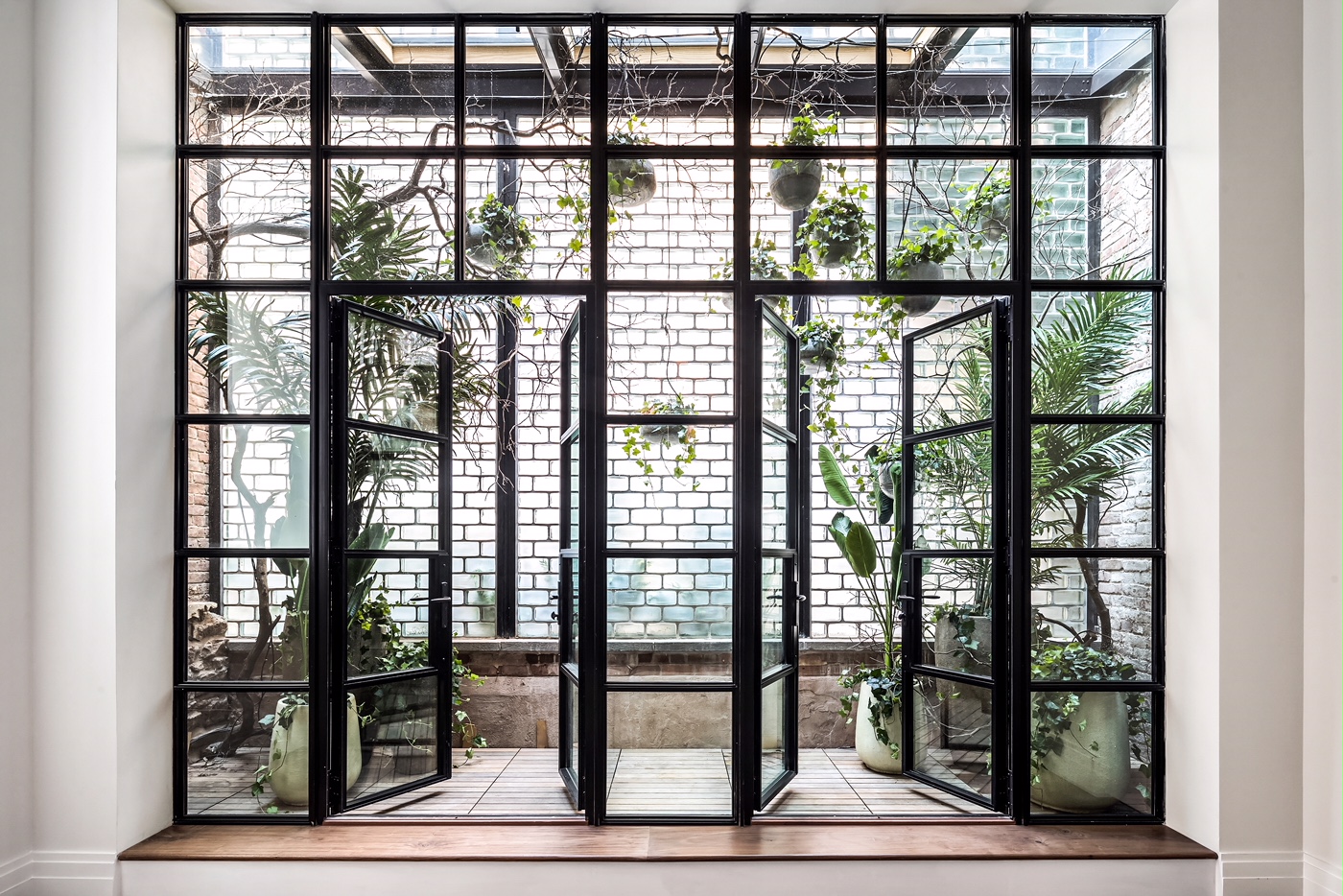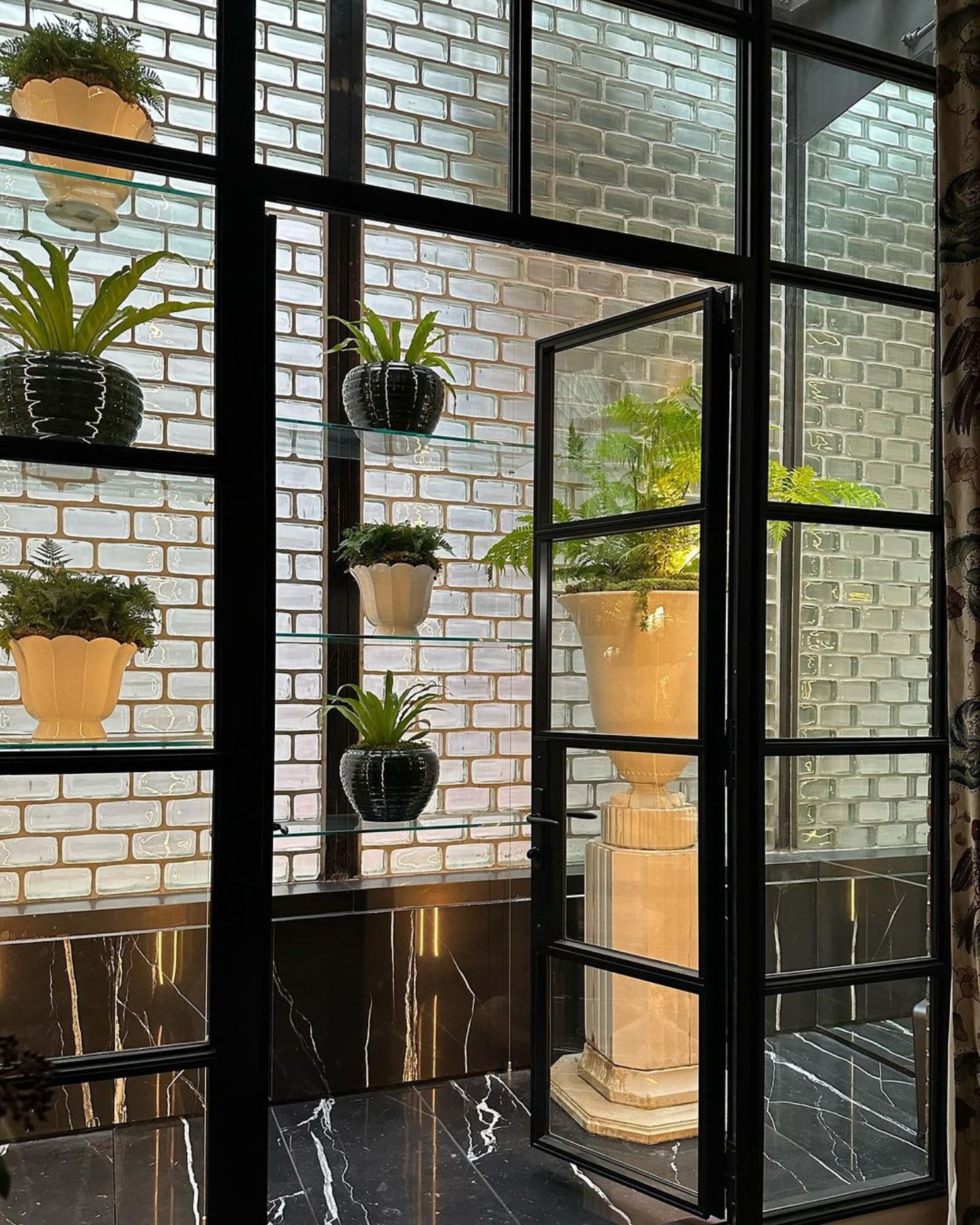
By now, we all know the benefits of bringing plants inside our homes — creating a better connection with the natural world indoors can be truly beneficial to our mental health, according to experts.
However, it's hard to know which plants will thrive in your home, and whether you have the right conditions to even keep them alive. I was endured the challenges of trying to keep an indoor living wall alive in my own home, so I know this problem only too well.
Yet, when I saw this unique space in a West Village townhouse re-designed by Jonathan Fargion, I had the sense that this is the sort of space every home should have. It acts as a backdrop to the home, yet as a way of decorating with plants that creates a connection to the nature. It's almost like creating your own luscious view out onto greenery, but not one that's at the whims of the seasons so much.
This idea of a fernery was a new discovery to me, but safe to say it's not a new idea by any means, as Jonathan explains.
What is a Fernery?
'A fernery is a specialized garden dedicated to the growth and display of ferns,' says New York-based landscaper designer Jonathan Fargion. 'Its story is connected to the Victorian age where explorers around the world started to bring back to the old world incredible plants never seen before. In order to cultivate these new types of plants they tried to recreate the natural environments they were born in.'
This environment isn't quite the same as a traditional greenhouse, as ferns don't have the same requirements as many other plants. 'Ferns can be versatile plants for low light situations, Jonathan explains. 'Fernery should be cool, humid and shaded, almost never is direct light required. Ferns are ground covers and for their nature they grow at the ground level of the ecological system which are mostly shaded.'
While traditional fernery exist on a larger scale, it's an idea that Jonathan interpreted on a smaller scale for a townhouse in New York's West Village.
The Fernery Before

This space wasn't an entirely new addition to the townhouse, and it was already being used to display plants, just in a different way. 'The glass brick was already existing in that space, and it was fundamental to have that material to let the light shine through it. This allows ample indirect light,' Jonathan says.
'At the beginning of the project we described that space as a terrarium, which from Latin means soil, but we didn't have soil there and I wanted to avoid bringing that in as the space is inside a living room,' Jonathan explains. 'When I first saw that space it was randomly planted with fake vines used as suspension points for tin metal planters. My concern was to create a planted space without too much involvement of water and soil. I got inspired by the movie "Parasite" where the main house features a gorgeous backlit display window with fine china. I thought the best way to use that space was to keep it modern and clean.'
'In this case the fernery has a North exposure, which means almost no direct sunlight,' Jonathan adds. 'The good thing about the space is that it features a skylight and a transparent brick wall which combined provide enough indirect light for ferns.'
Considering the fern care was important, too. 'As per irrigation I planned to install an automated irrigation system, but in the end I decided to steer away from dripping water on a regular basis, and thought that hand-watering on a 10 days schedule should do the work. Ferns are also quite clean plants, they don't shed much debris, as they don't have a flower structure and the leaves don't drop very often. No flower also means no fruits.'
The Fernery After

Jonathan's take on the space is more streamlined and refined, and embraces some of the Victorian inspiration of the fernery in the styling.
'I decided to create a series of suspended discrete glass shelves sustaining a series of planted pots with ferns,' Jonathan tells me. 'The effect I was seeking was to give the impression that the pots were floating on air. At this point I started calling that space a fernery.'
'I replaced the wood floor with Marble Nero Marquina and I added two mirrors on each side of the fernery to increase light and amplify the space,' he explains. 'Two large irns on pedestal were also added framing symmetrically the space. In the urns I decided to plant tree ferns which are the largest ferns in nature.'
To further amplify the sense of light in the space, Jonathan added lighting that highlights the design. 'I added LED lighting to intensify the effect in the terrarium.'
It's not, of course, a space that every home has in it, but it's an inspiring way to bring the outdoors in. And, while you might not be able to create a formal fernery in quite this way, there might be a space in your home that's the ideal conditions to house a collection of ferns.







